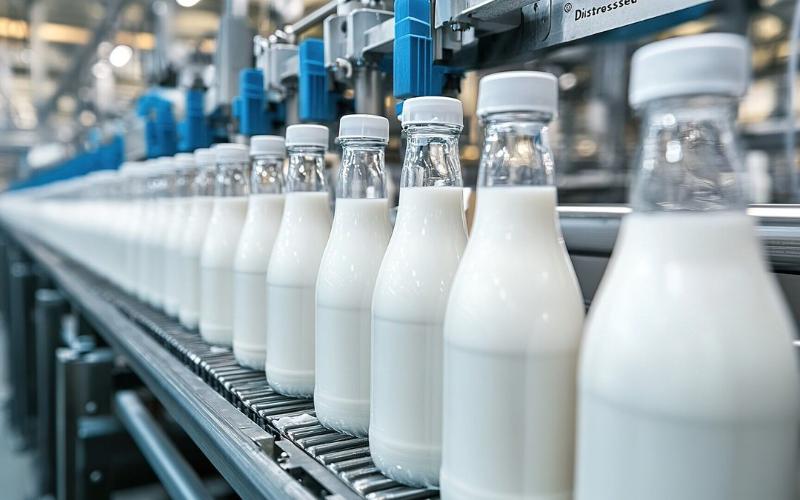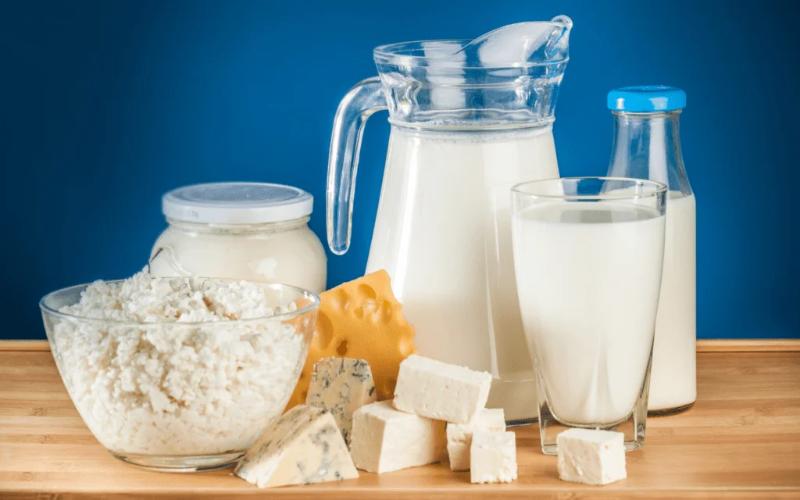Rabobank: Cheese Emerges as the Backbone of Dairy Markets Amidst Supply Challenges in 2024
Sourse: The DairyNews
After experiencing two consecutive quarters of diminished milk production, the global dairy industry anticipates a gradual recovery throughout 2024, according to Lucas Fuess, senior dairy analyst at Rabobank.

Speaking at the International Sweetener Colloquium in Aventura on Feb. 27, Fuess highlighted the anticipated challenges in key dairy markets, including Europe, New Zealand, and the United States.
Factors contributing to the decline in milk supply include adverse weather conditions, tight profit margins, and sustainability and regulatory issues impacting output. The United States, in particular, witnessed seven consecutive months of reduced production, leading to the lowest milk cow numbers since 2019. Fuess noted that farmers, grappling with tight profit margins, are culling cows, and replacement numbers are at decade-level lows, with high beef prices driving more dairy cows to slaughterhouses.
Despite the constrained supply, Fuess doesn't foresee dramatic bullish swings in the market. While the dairy market experienced a significant bullish reaction in 2022, the current situation differs due to less pronounced supply pullback and weaker demand. Fuess predicts a theme of slow but steady price increases in 2024, with the potential for more upside than downside, albeit not overwhelmingly so.
One factor buoying the market is the prospect of improved profit margins, attributed to higher milk prices and lower feed costs. Fuess highlighted the dominance of Class IV milk, used for products like butter, dry items, and evaporated or sweetened condensed milk in consumer-type packages, maintaining a premium over Class III milk due to increased cheese production.
According to Fuess, all eyes and investments in the dairy industry are turning towards the cheese landscape. Despite lower milk access, he expressed confidence that milk would flow abundantly to cheese processors, driven by the industry's robust growth and the opening of new cheese plants in 2024 and 2025.
While ample cream supplies haven't mitigated global butter prices, reaching record highs domestically multiple times, Fuess pointed out that production struggles to keep pace with the soaring demand for butter in both the United States and Europe. In the realm of dry dairy products, nonfat dry milk prices have remained rangebound, despite stocks being at their lowest since 2015. Conversely, dry whey has exhibited strength, driven by increased demand for higher protein products.
Factors contributing to the decline in milk supply include adverse weather conditions, tight profit margins, and sustainability and regulatory issues impacting output. The United States, in particular, witnessed seven consecutive months of reduced production, leading to the lowest milk cow numbers since 2019. Fuess noted that farmers, grappling with tight profit margins, are culling cows, and replacement numbers are at decade-level lows, with high beef prices driving more dairy cows to slaughterhouses.
Despite the constrained supply, Fuess doesn't foresee dramatic bullish swings in the market. While the dairy market experienced a significant bullish reaction in 2022, the current situation differs due to less pronounced supply pullback and weaker demand. Fuess predicts a theme of slow but steady price increases in 2024, with the potential for more upside than downside, albeit not overwhelmingly so.
One factor buoying the market is the prospect of improved profit margins, attributed to higher milk prices and lower feed costs. Fuess highlighted the dominance of Class IV milk, used for products like butter, dry items, and evaporated or sweetened condensed milk in consumer-type packages, maintaining a premium over Class III milk due to increased cheese production.
According to Fuess, all eyes and investments in the dairy industry are turning towards the cheese landscape. Despite lower milk access, he expressed confidence that milk would flow abundantly to cheese processors, driven by the industry's robust growth and the opening of new cheese plants in 2024 and 2025.
While ample cream supplies haven't mitigated global butter prices, reaching record highs domestically multiple times, Fuess pointed out that production struggles to keep pace with the soaring demand for butter in both the United States and Europe. In the realm of dry dairy products, nonfat dry milk prices have remained rangebound, despite stocks being at their lowest since 2015. Conversely, dry whey has exhibited strength, driven by increased demand for higher protein products.














